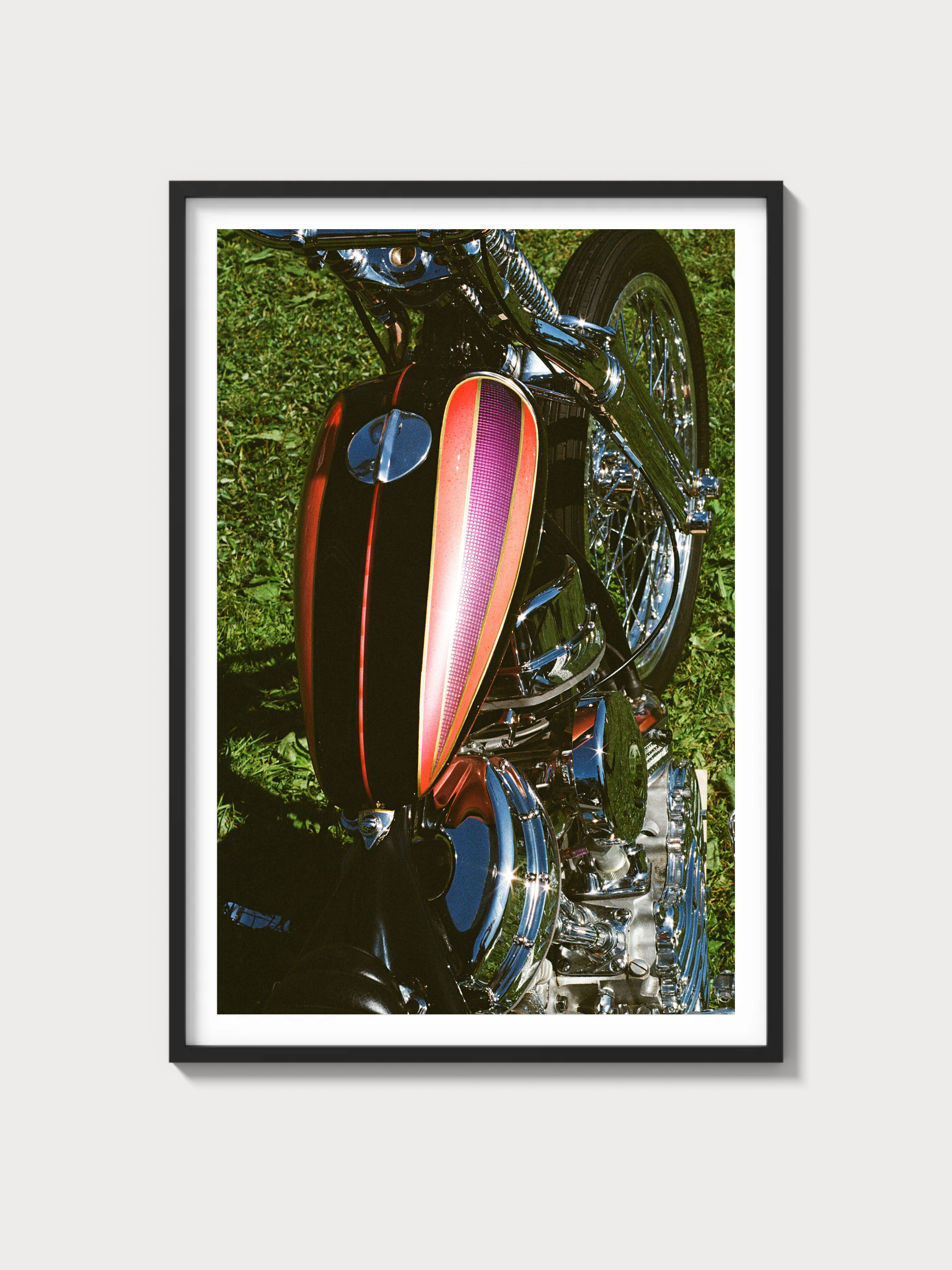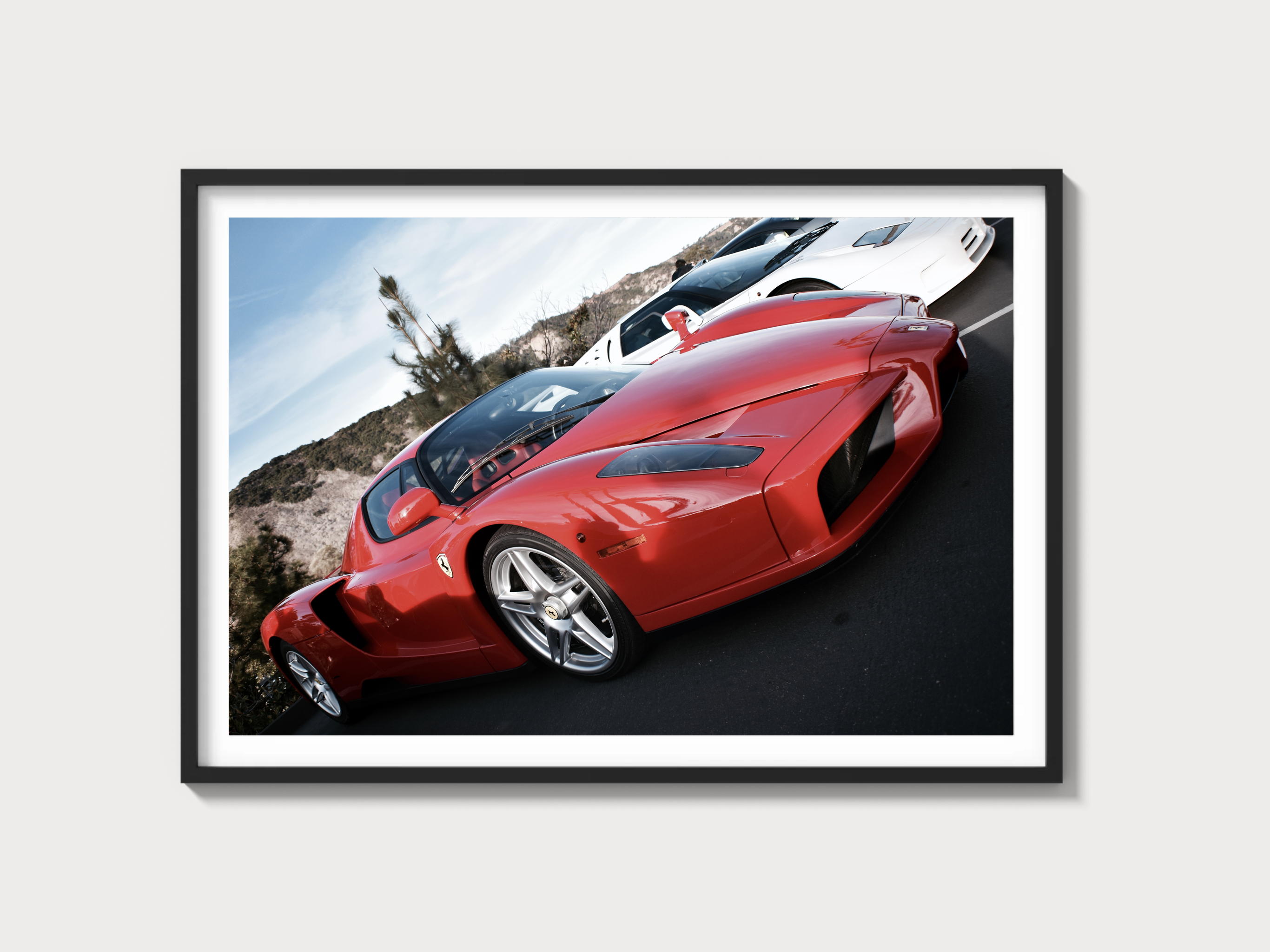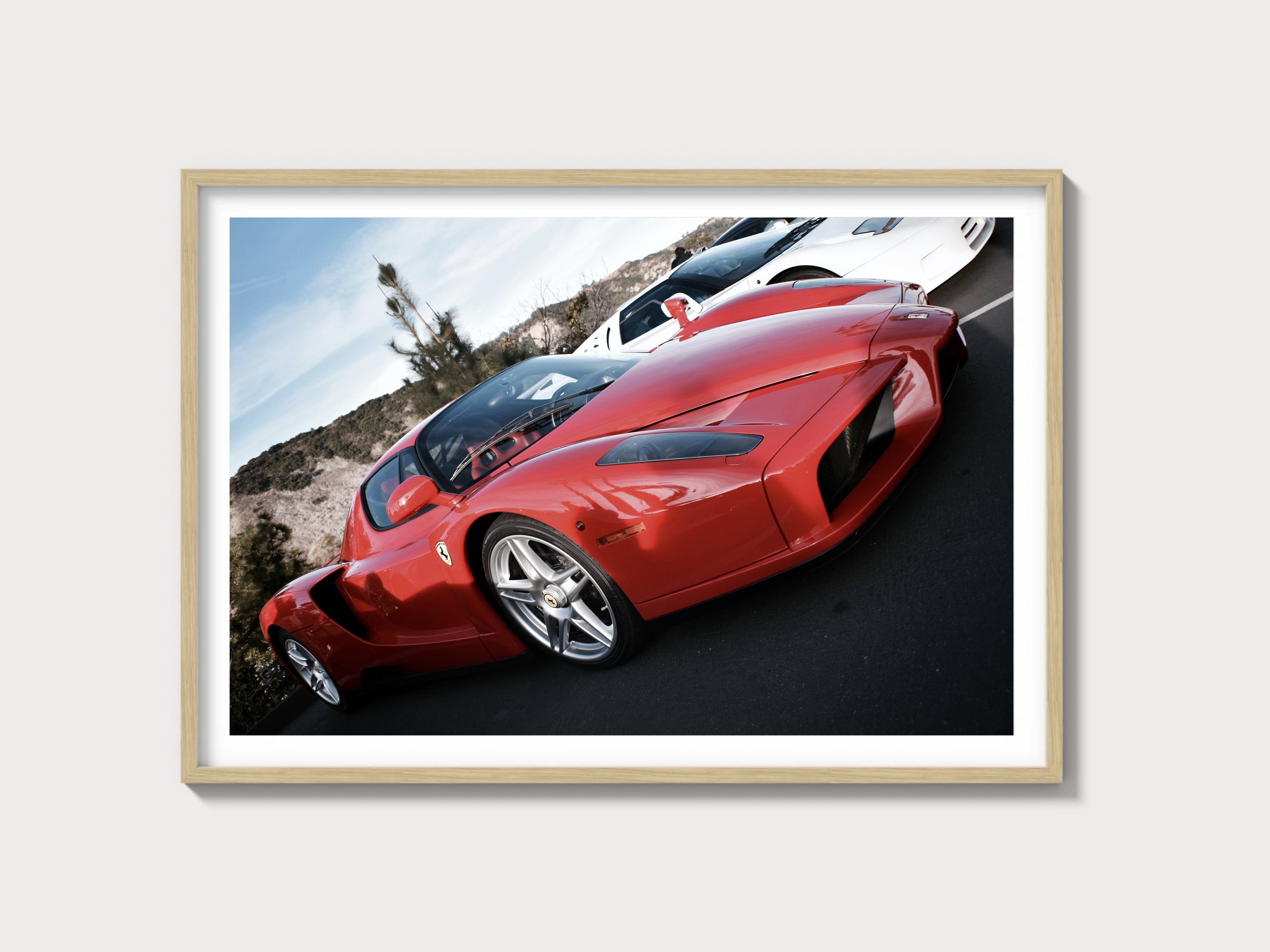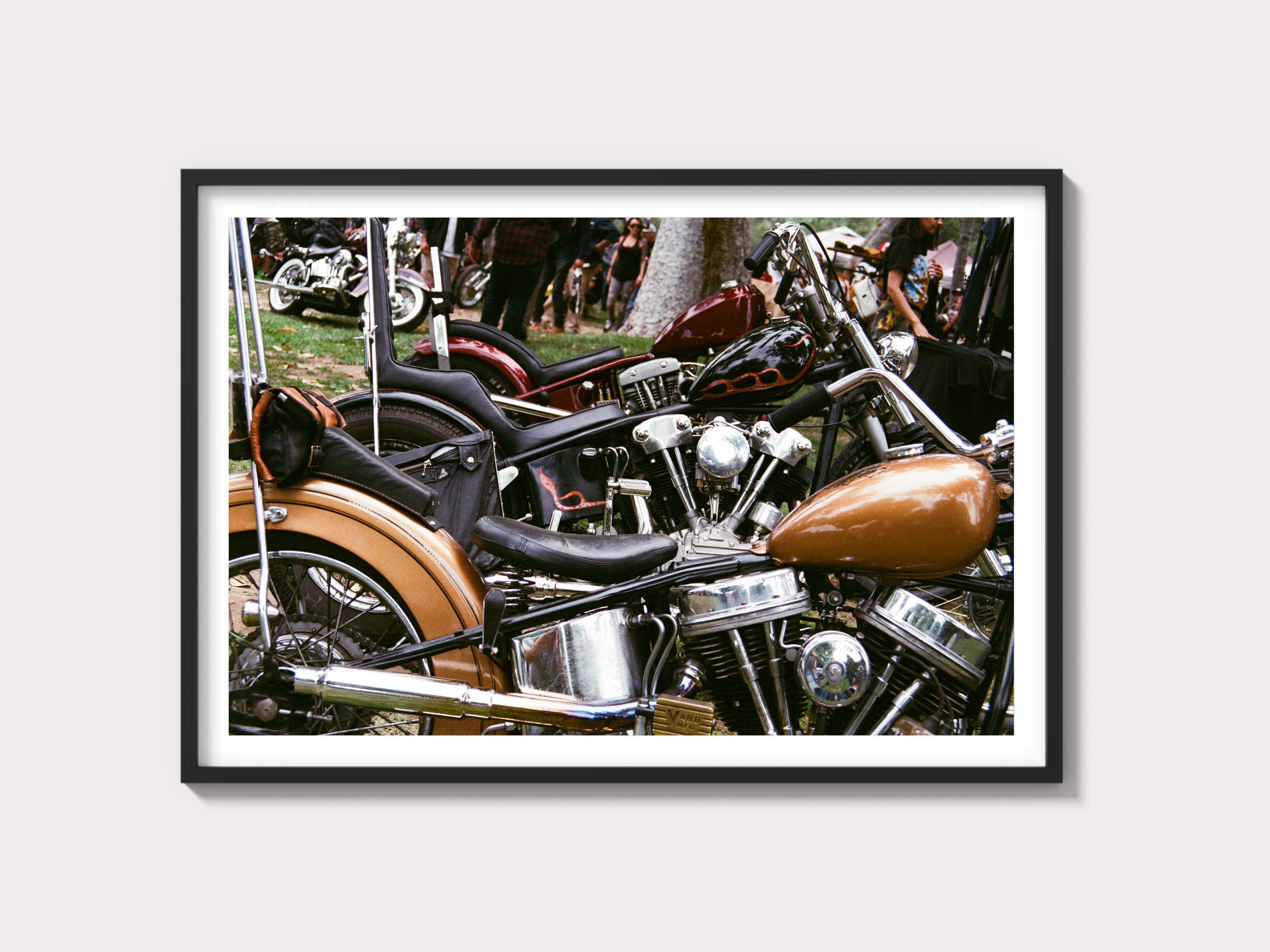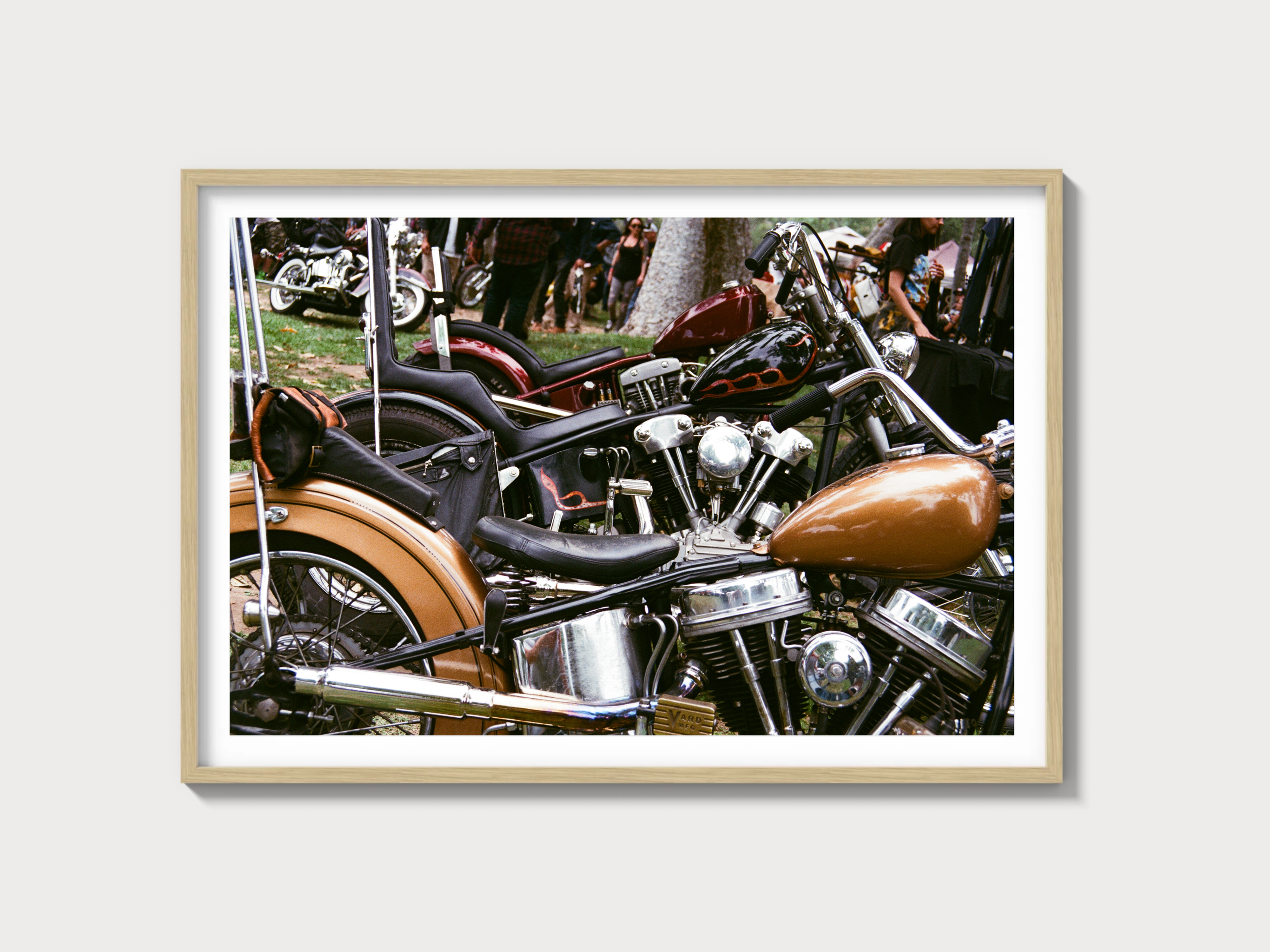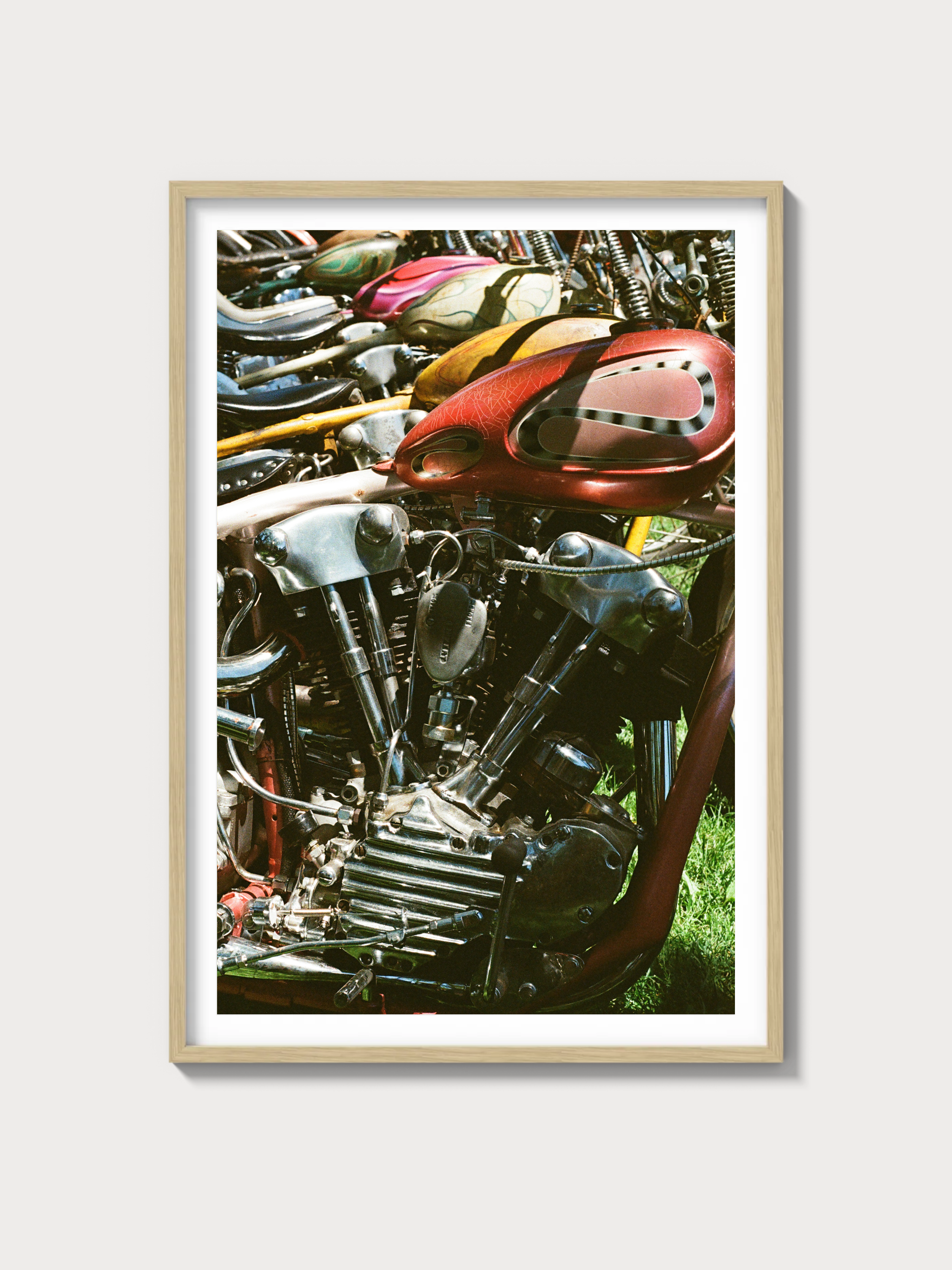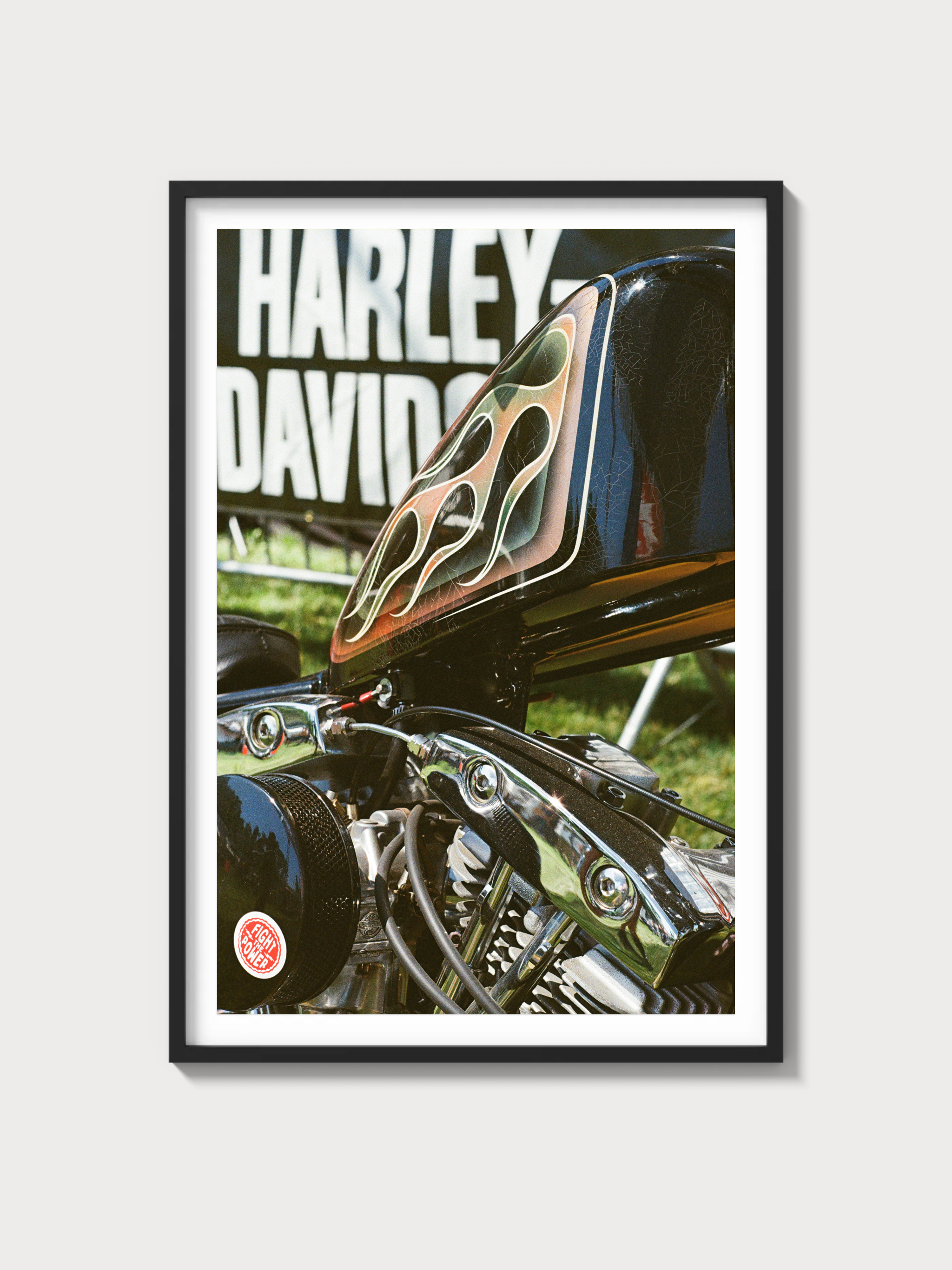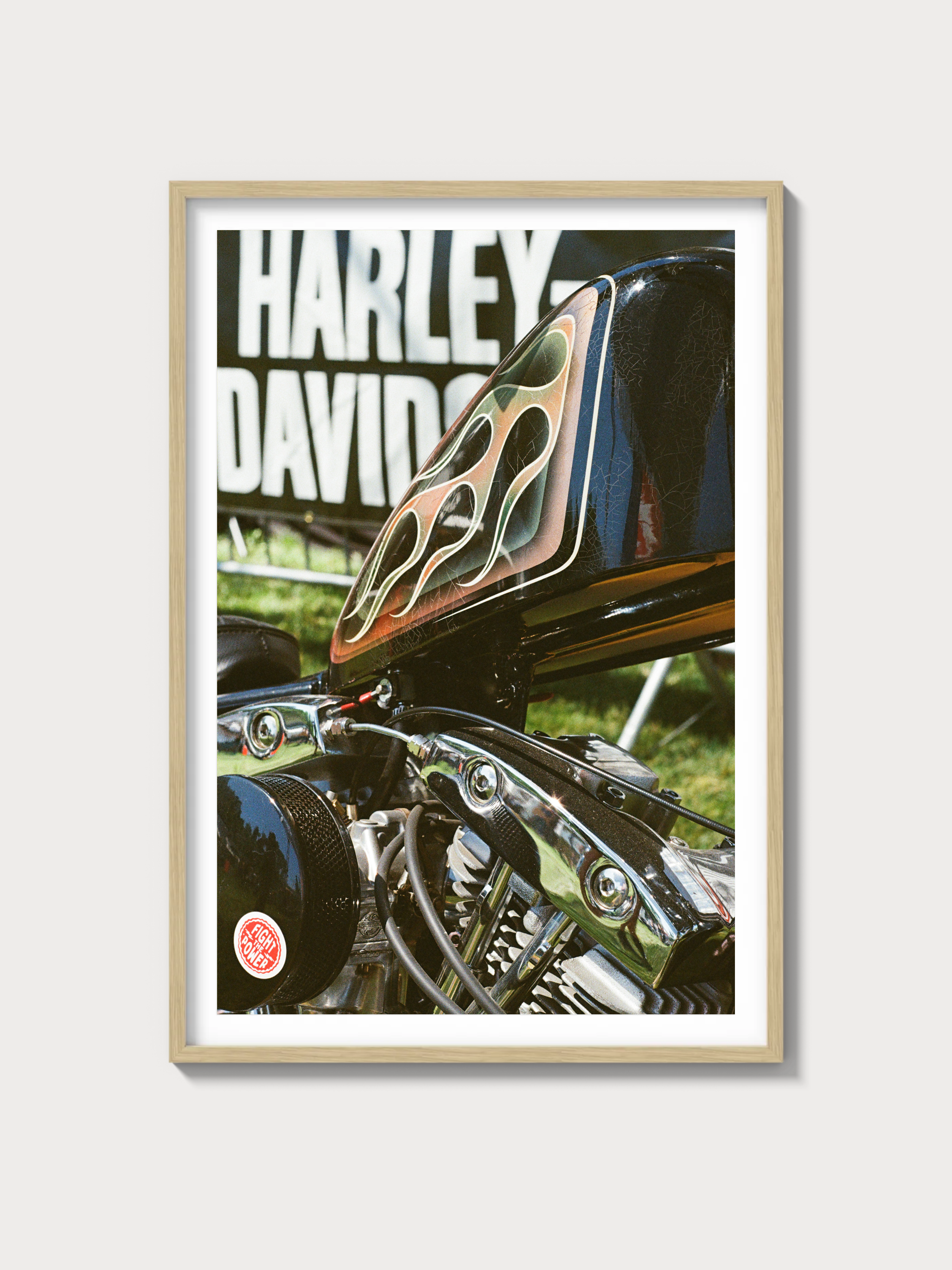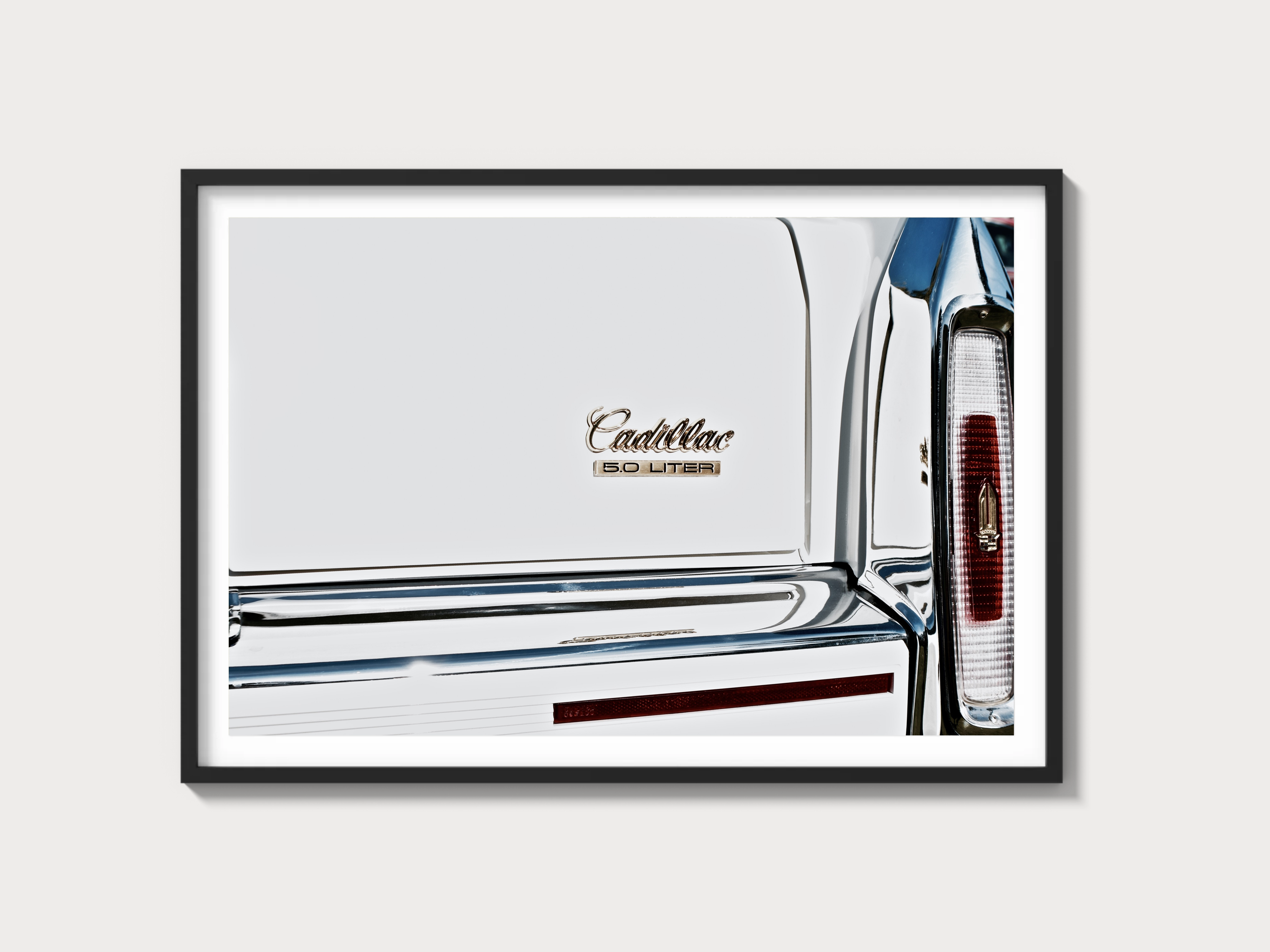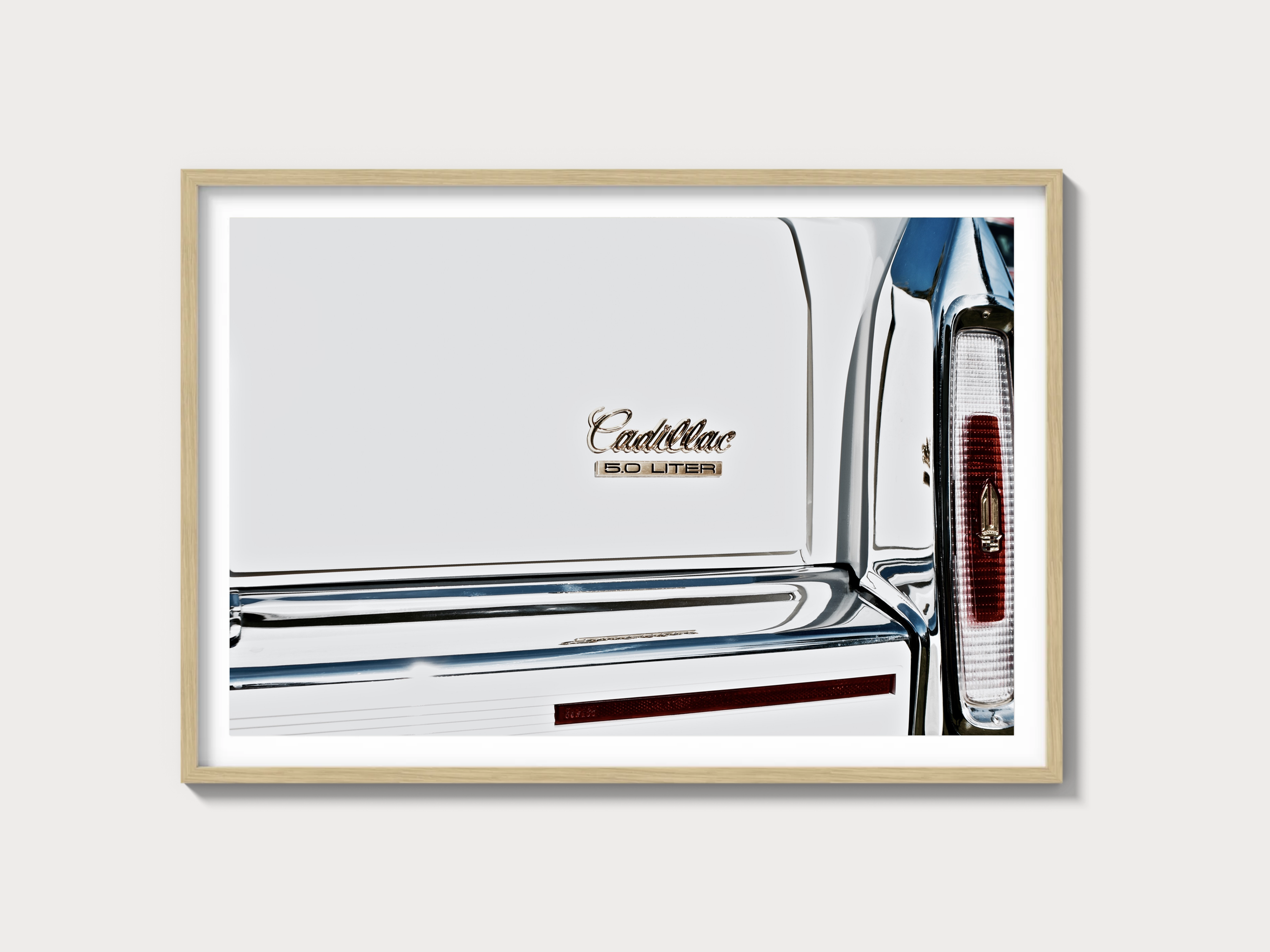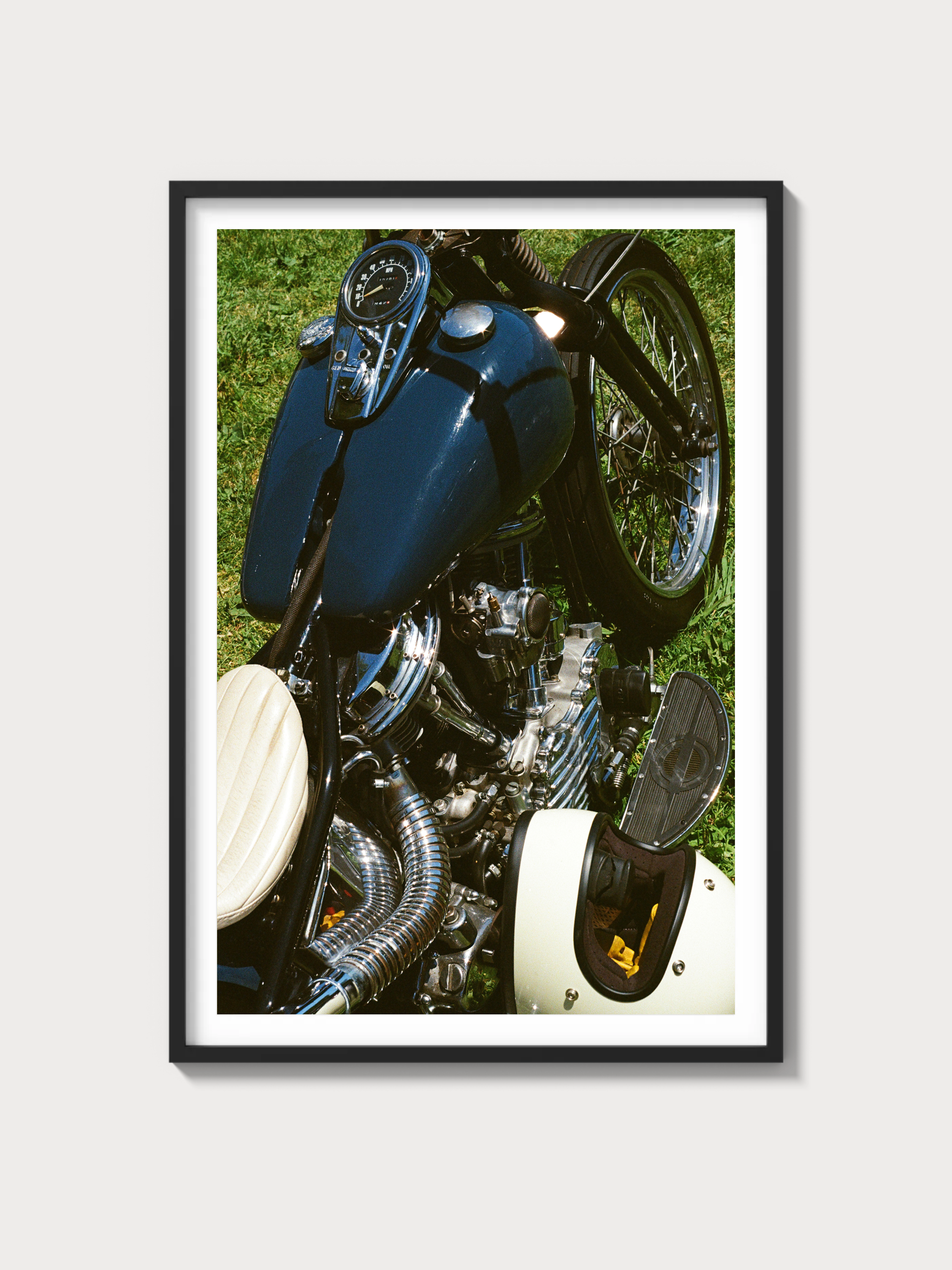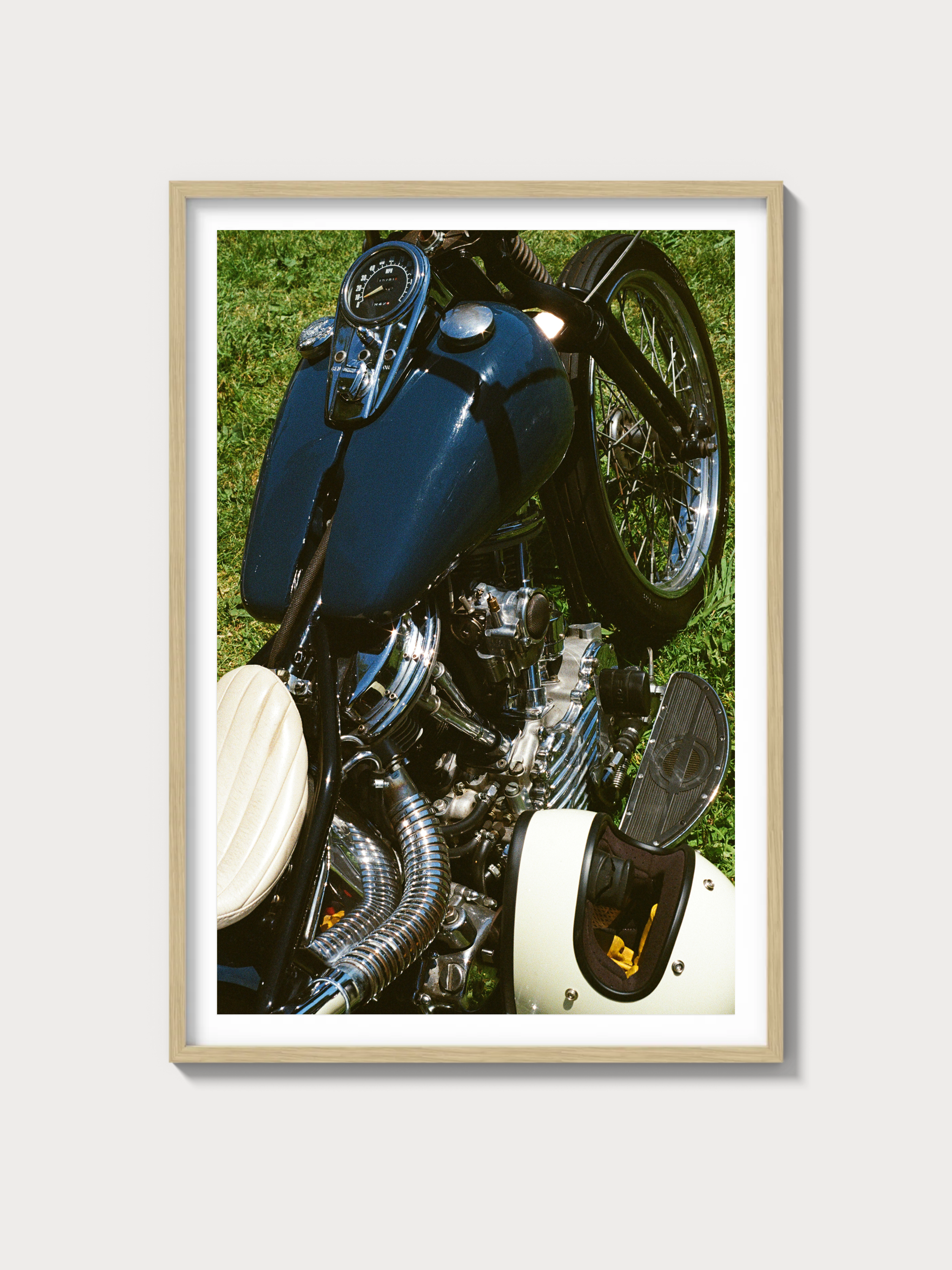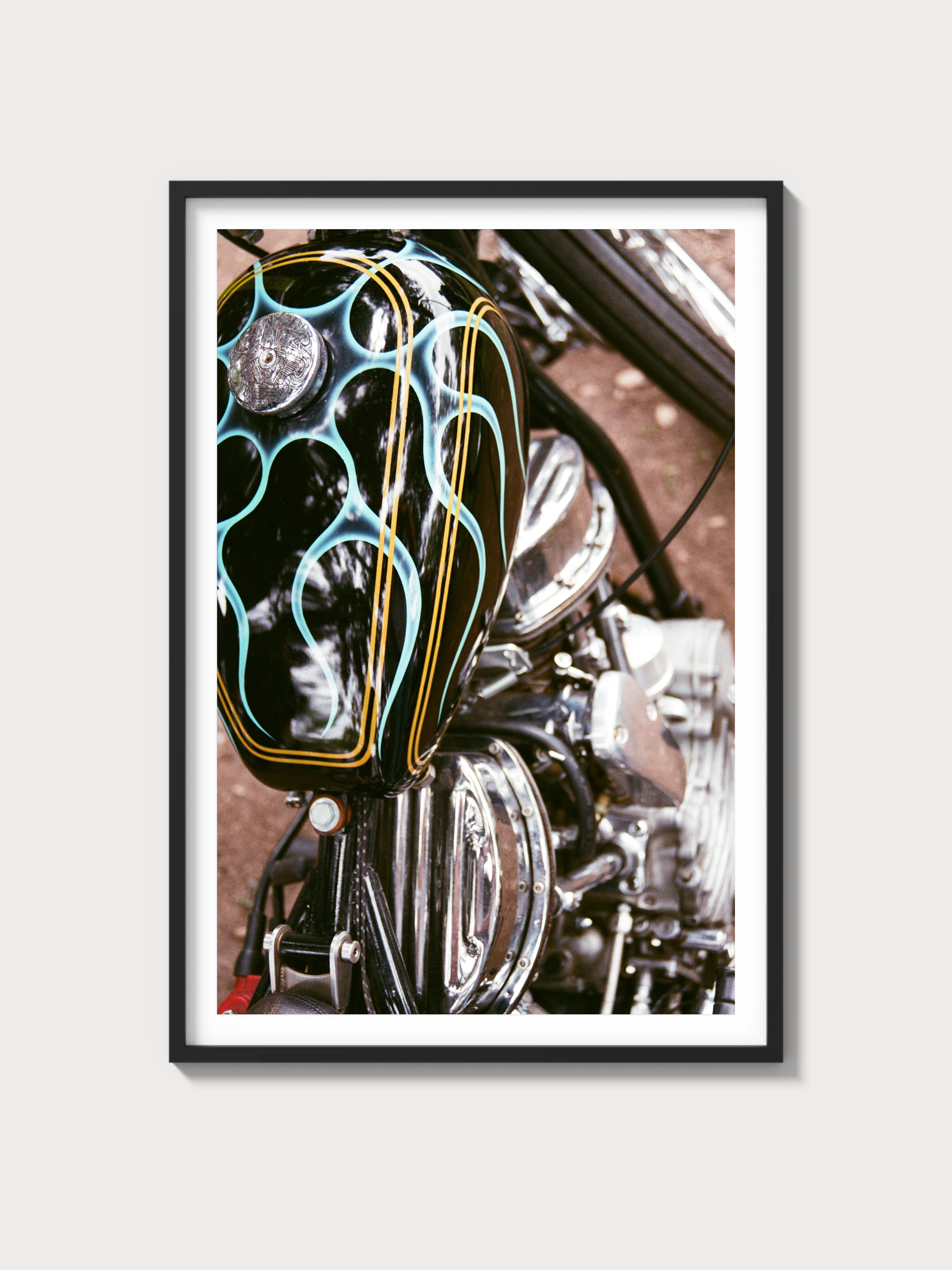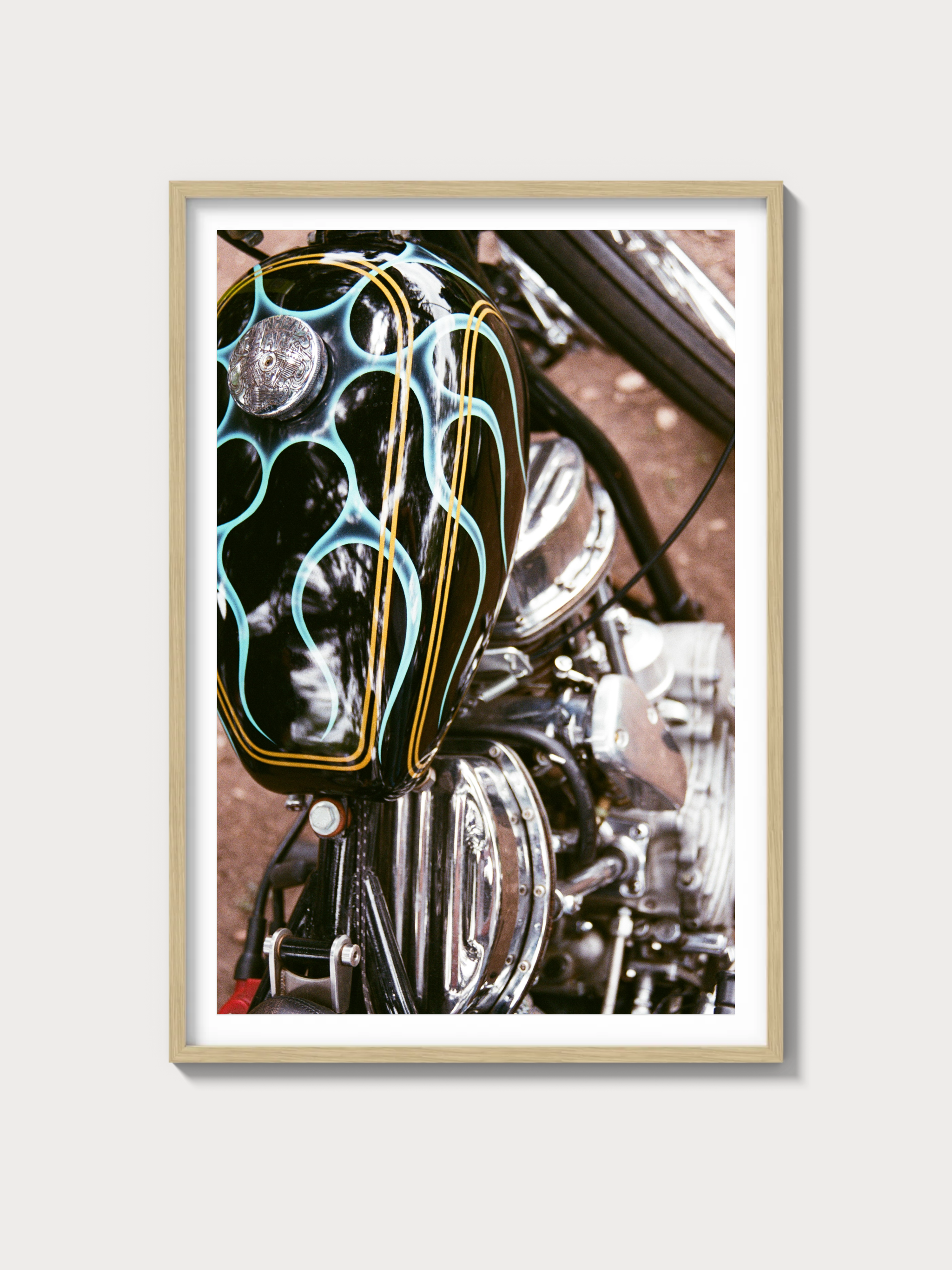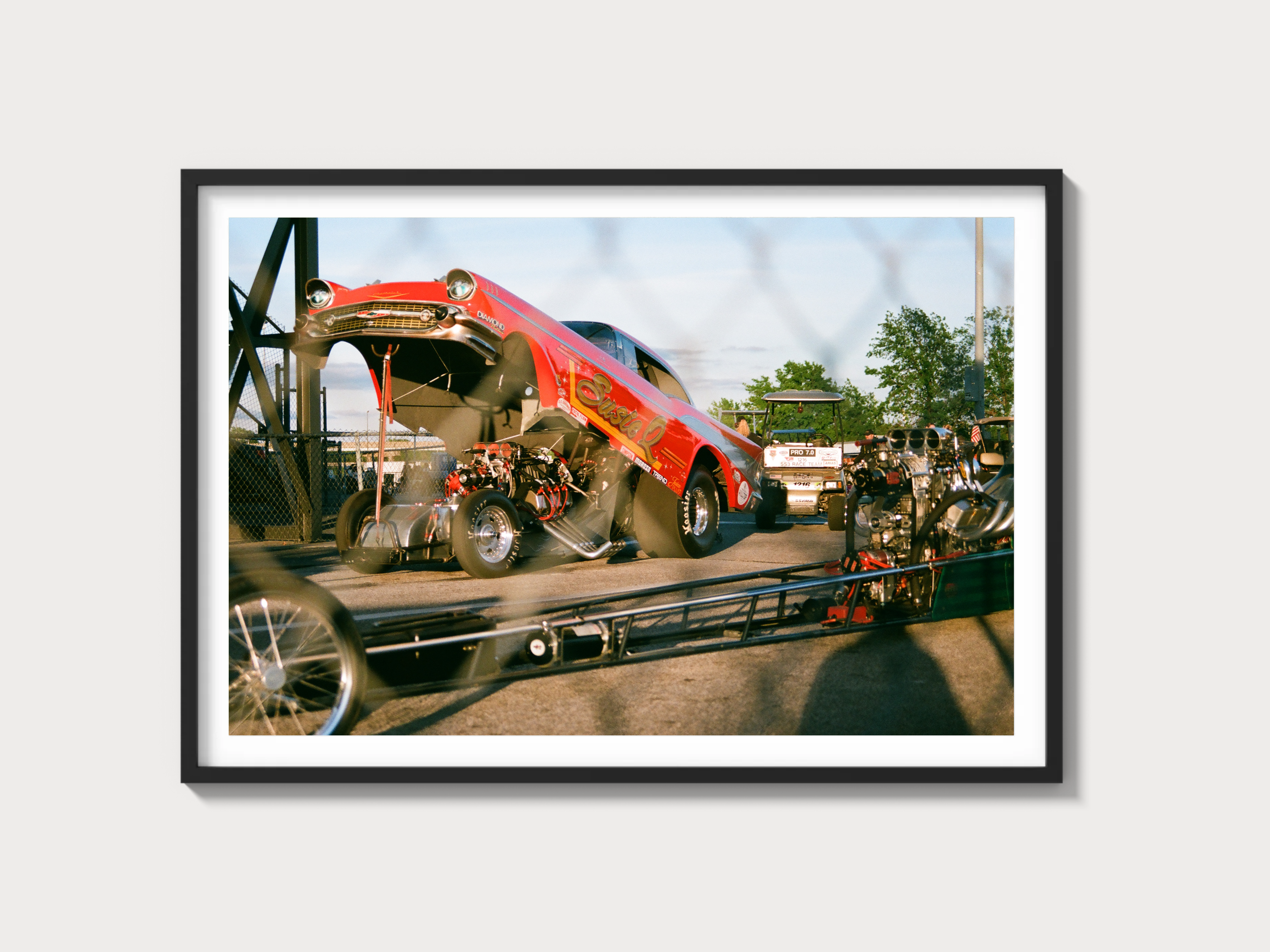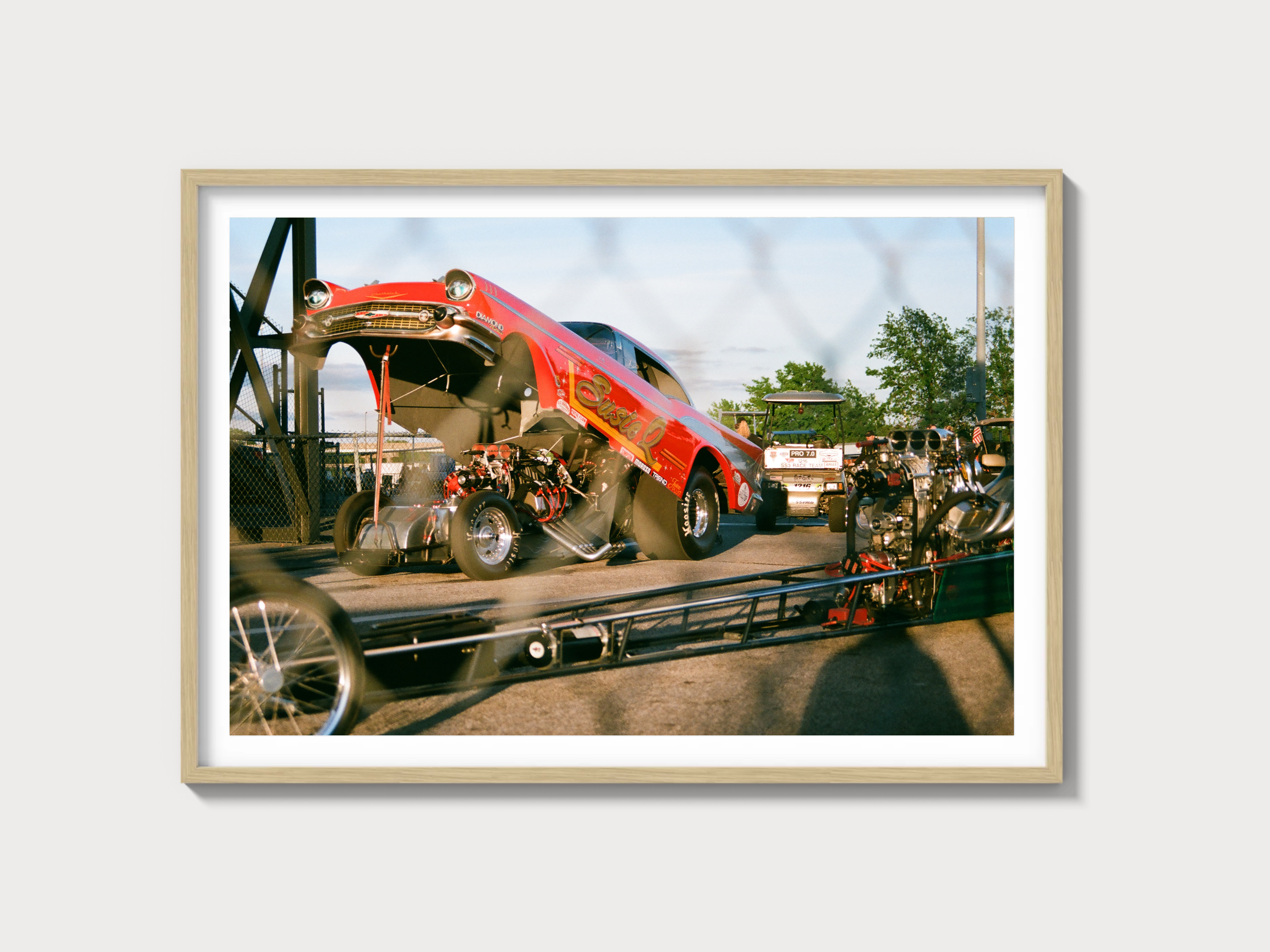2016–2024 Chevrolet Camaro RS (Sixth Generation) — The Enthusiast’s Middleweight
Historical Context and Development Background
The sixth‑generation Chevrolet Camaro arrived for 2016, migrating to GM’s Alpha architecture shared with the Cadillac ATS/CTS. The result was a measurable drop in mass and a leap in structural rigidity versus the fifth generation. Within the Chevrolet Camaro family, the RS served as the style‑and‑equipment sweet spot for LT trims, pairing the lighter Alpha chassis with sharper lighting, unique fascias and grillework, and larger wheels without the V8 overhead. The RS package code for this generation is WRS.
Design drew a straight line from the fifth gen, but with crisper surfacing and tighter overhangs. The RS details—HID/LED headlamps with LED signature, darkened tail lamps (later model years), specific grille textures, and 20‑inch wheels—visually separated it from non‑RS LT cars while underlining the Camaro’s low cowl and cab‑rearward stance. Underneath, the platform’s double‑pivot strut front and five‑link rear suspension gave the RS genuine composure that belied its segment.
Corporate priorities focused on breadth: a 2.0‑liter turbo four for efficiency and torque, the LGX 3.6‑liter V6 for naturally aspirated response, and the SS/ZL1 V8s for maximum pace. The RS slotted between base LT and the full‑fat SS, and could be combined with substantial options (brake and tire packages, Recaro seats on certain performance variants). In motorsport, the sixth‑gen Camaro bodied NASCAR entries and underpinned customer racing (e.g., GT4.R based on V8 models), while the RS package remained a road‑car specification. On the street, the RS faced the Ford Mustang EcoBoost and V6 (later EcoBoost only) and Dodge Challenger SXT/GT—competitors it often out‑handled thanks to the Alpha bones.
Engine and Technical Specifications
The RS package did not change engines; rather, it enhanced appearance and lighting on LT trims. Two primary powerplants defined the RS experience across the 2016–2024 run:
| Engine | Configuration | Displacement | Horsepower | Torque | Induction | Redline | Fuel System | Compression | Bore x Stroke |
|---|---|---|---|---|---|---|---|---|---|
| 2.0L LTG I4 | Inline‑4, DOHC, aluminum block/heads | 1,998 cc | 275 hp @ 5,600 rpm | 295 lb‑ft @ 3,000–4,500 rpm | Single twin‑scroll turbocharger | 6,500 rpm | Direct injection | 9.5:1 | 86.0 mm x 86.0 mm |
| 3.6L LGX V6 | 60° V6, DOHC, aluminum block/heads | 3,649 cc | 335 hp @ 6,800 rpm | 284 lb‑ft @ ~5,300 rpm | Naturally aspirated | ~7,200 rpm | Direct injection; continuously variable valve timing | 11.5:1 | 95.0 mm x 85.8 mm |
Transmissions: 6‑speed Tremec manual (TR‑3160) was offered with both engines. Automatics included GM’s 8‑speed (8L45) for 2.0T and early V6 applications, with a 10‑speed automatic added for V6 models in later years. Final‑drive and tire fitment varied by package, affecting acceleration and top‑speed governance.
Driving Experience and Handling Dynamics
Even in RS trim, the sixth‑gen Camaro feels engineered from the chassis out. The Alpha platform’s stiffness means the suspension can be firmly damped without harshness; the LT/RS typically wears the FE2 tune, delivering a flat, disciplined ride that absorbs mid‑corner bumps with a notable lack of secondary motion. Turn‑in is crisp, aided by a quick‑ratio electric power steering system that’s better weighted than most contemporaries in this class. The RS’s 20‑inch wheel/tire package adds initial bite and lateral grip over base LT fitment, though it also makes wheel/tire condition paramount on used cars.
The 2.0T LTG brings a broad torque plateau and an eagerness in the mid‑range; the twin‑scroll turbo masks lag well at street speeds, and the calibration is happiest with the manual gearbox, where rev‑matching and linear pedal mapping make the car feel lighter than the numbers suggest. The LGX V6 is a different personality—spinning freely past 6,500 rpm with a cultured intake note and a more linear relationship between throttle position and acceleration. Brake feel is consistent across the board, with optional heavy‑duty/Brembo front hardware available via performance packages; the RS package itself is aesthetic/lighting‑focused rather than a brake upgrade.
Noise, vibration, and harshness are well controlled. Seating position is low, visibility is classic Camaro (read: form over greenhouse), and the steering wheel and pedal box are aligned for long‑distance comfort with track‑day credibility, particularly on cars optioned with stickier tires or the 1LE chassis package on LT trims.
Full Performance Specifications
Performance varies by engine, transmission, and tire. The figures below capture representative, configuration‑dependent results commonly recorded by independent instrumented tests and factory data where published.
| Configuration | 0–60 mph | Quarter‑mile | Top Speed | Curb Weight | Layout | Brakes | Suspension | Gearbox |
|---|---|---|---|---|---|---|---|---|
| RS (2.0T, 6MT) | ~5.4–5.6 s | ~14.0–14.3 s @ ~98–100 mph | Governed; typically ~149 mph (tire‑limited) | ≈3,350 lb | Front‑engine, rear‑drive (FR) | Vented discs; performance front brake options available | Front: double‑pivot strut; Rear: 5‑link independent | Tremec TR‑3160 6‑speed manual |
| RS (2.0T, 8AT) | ~5.0–5.3 s | ~13.9–14.2 s @ ~100 mph | Governed; tire‑package dependent | ≈3,390 lb | FR | Vented discs; performance front brake options available | Double‑pivot strut / 5‑link independent | 8‑speed automatic (8L45) |
| RS (3.6 V6, 6MT) | ~5.0–5.2 s | ~13.6–13.9 s @ ~103–106 mph | Typically ~149 mph (tire‑limited) | ≈3,460 lb | FR | Vented discs; optional Brembo fronts via packages | Double‑pivot strut / 5‑link independent | Tremec TR‑3160 6‑speed manual |
| RS (3.6 V6, Auto) | ~5.1–5.4 s | ~13.8–14.1 s @ ~103–105 mph | Typically ~149 mph (tire‑limited) | ≈3,500 lb | FR | Vented discs; optional Brembo fronts via packages | Double‑pivot strut / 5‑link independent | 8‑speed auto (early) or 10‑speed auto (later) |
Note: Exact figures vary by model year, tire, axle ratio, and option content. Electronic limiters are tied to wheel/tire ratings.
Variant Breakdown: RS Package Across the Sixth Generation
The RS was an option package primarily for LT trims (coupe and convertible). It evolved with the mid‑cycle updates but always remained an appearance/lighting and wheel package rather than a dedicated powertrain upgrade.
| Model Years | Applicable Trims | RPO Code | Key RS Elements | Engine(s) | Visual Cues | Production Numbers | Markets |
|---|---|---|---|---|---|---|---|
| 2016–2018 | 1LT, 2LT (coupe/convertible) | WRS | 20‑inch wheels, HID headlamps with LED signature, RS grille, decklid spoiler, RS badging | 2.0T LTG; 3.6L LGX V6 | Distinct grille texture, polished/machined wheels, body‑color accents | Not officially published separately | North America and select export |
| 2019 (facelift) | 1LT, 2LT, 3LT | WRS | Revised front fascia with RS‑specific grille, LED headlamps/taillamps, 20‑inch wheels, rear diffuser (LT RS), dark tail lamps | 2.0T LTG; 3.6L LGX V6 | Smoked tail lenses, updated lighting signature | Not officially published separately | North America and select export |
| 2020–2024 | 1LT, 2LT, 3LT | WRS | Continuation of facelift cues; RS lighting/wheel package, dark finish tail lamps, RS‑specific grille textures | 2.0T LTG; 3.6L LGX V6 (10‑speed auto available on V6) | Machined or painted 20‑inch wheels, RS badging | Not officially published separately | North America and select export |
Notes: GM did not publicly break out RS package production counts separate from total Camaro volumes. Availability of select color/wheel combinations varied by year and market.
Ownership Notes: Maintenance, Parts, and Practicality
- Routine service: Oil changes typically at 7,500‑mile intervals (shorter for severe use), using the specified dexos1‑approved oil; the 2.0T benefits from high‑quality 5W‑30 that meets GM’s latest dexos1 specification. Coolant is Dex‑Cool with long service intervals. Iridium spark plugs have extended life; consult the maintenance schedule for mileage.
- Transmissions: The 6‑speed manual is robust; clutch life tracks with use. For automatic cars, the GM 8‑speed (8L45) in early LT applications is known for torque‑converter shudder on some vehicles; GM issued updated fluid and service procedures. Many owners report improvement after a complete fluid exchange using the specified low‑viscosity ATF. Later 10‑speed V6 cars benefit from revised calibrations and hardware.
- Direct‑injection realities: Both LTG and LGX use DI. Top‑tier fuel and regular highway operation help keep deposits at bay. Intake‑valve cleaning intervals depend on driving profile; inspect rather than assume.
- Brakes and tires: RS‑spec 20‑inch wheels look the part but raise tire costs. Square tire setups simplify rotation; staggered fitments increase grip at the expense of rotation flexibility. Optional heavy‑duty/Brembo front brakes use specific pad shapes; parts availability is good.
- Parts supply: Chassis and electrical components share lineage with other Alpha cars, aiding availability. Body and trim parts for facelift vs. pre‑facelift RS grilles/lights are year‑specific—verify part numbers before ordering.
- Restoration difficulty: Mechanically straightforward for a modern car. Electronics (infotainment modules, parking sensors, LED lighting) require proper diagnostic tools. Collision repairs should be done by shops experienced with structural adhesives and mixed‑material bodies.
Cultural Relevance and Market Signals
The sixth‑gen Camaro’s public profile has been amplified by widespread use in games and televised motorsport branding, though the RS badge itself remains an enthusiast’s tell rather than a pop‑culture headline. Among collectors, the RS is valued for its balanced spec: lighter front end than V8 cars, strong chassis, and daily‑drivable manners. Public auction results have historically shown well‑kept RS LT coupes trading in the used‑performance sweet spot, with V6 manuals tending to command a premium over 2.0T autos in comparable condition. Mileage, options (seating, audio, performance brakes), and provenance drive deltas more than paint codes alone.
FAQs
What does the RS package add on a sixth‑gen Camaro?
RS (RPO WRS) is primarily an exterior/lighting and wheel upgrade for LT trims: HID/LED headlamps with LED signature, darkened tail lamps (on later cars), specific grille textures and fascias, 20‑inch wheels, and RS badging. It does not change the engine.
Is the Camaro RS fast?
With the 3.6L V6 and manual, independent tests commonly record 0–60 mph around five seconds flat, with quarter‑miles in the high‑13s. The 2.0T is only a step behind when equipped right. Top speed is typically governed by tire rating.
Which engine is more reliable: 2.0T or 3.6 V6?
Both have solid records when maintained. The 2.0T rewards shorter oil change intervals and high‑quality fuel; the LGX V6 is simpler (no turbo plumbing) and enjoys a reputation for durability with routine service.
Does the RS package include Brembo brakes or Magnetic Ride Control?
No. RS is an appearance/lighting package. Brembo front brakes and specific chassis tunes are bundled with separate performance packages (e.g., LT 1LE), not with RS itself.
What transmissions were offered?
Both engines could be paired with a 6‑speed manual. Automatics included the 8‑speed (8L45) for LT applications, with a 10‑speed automatic introduced on V6 models in later years.
Known issues to check on a used RS?
Look for evidence of the 8‑speed automatic torque‑converter shudder (if so equipped) and confirmation of the updated fluid service. Inspect 20‑inch wheels for curb rash and bends, and check tire date codes. As with any DI engine, ask about fuel quality and service records.
How does the RS compare to Mustang EcoBoost and Challenger V6?
The Camaro’s Alpha chassis typically offers the sharpest handling and steering feel of the trio. The Mustang EcoBoost can be quicker in certain trims; the Challenger emphasizes space and comfort. The RS splits the difference with strong grip and daily usability.
Is the RS package available on SS or ZL1?
RS is positioned for LT trims. SS and ZL1 have their own distinct lighting/fascia and wheel specifications.




